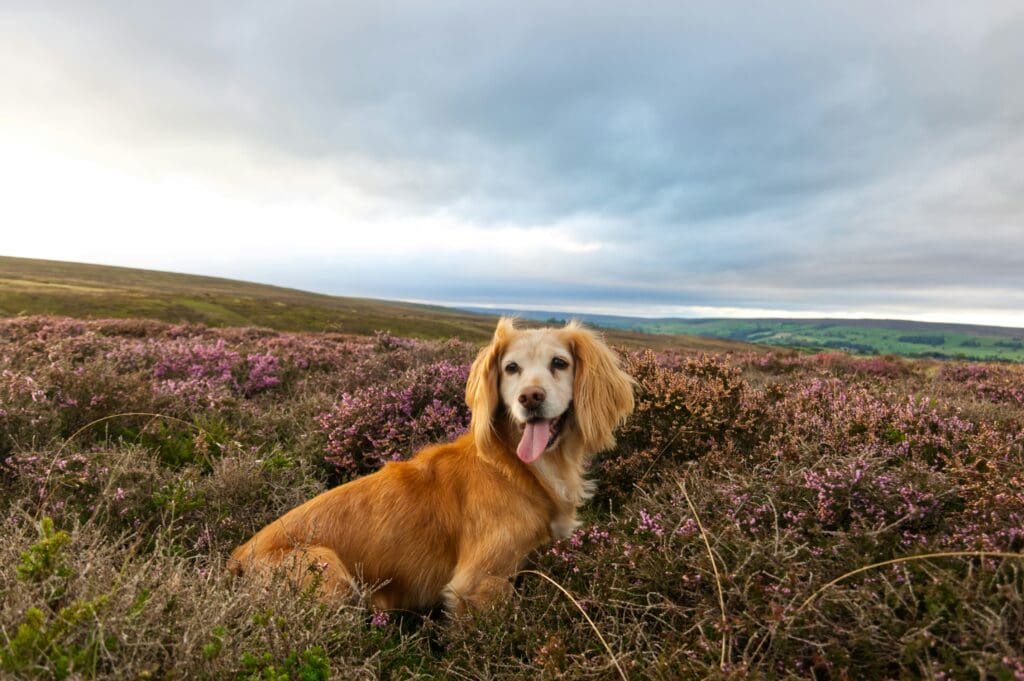Life on Duty: Police and Military Working Dogs
When you think of bravery, you might picture soldiers or first responders — but many of them have four legs, wagging tails, and sharp instincts. Police and military dogs have been saving lives, detecting danger, and protecting their handlers for generations. These loyal canines are more than just pets; they’re highly trained professionals with specialized skills that often mean the difference between safety and harm.
A Legacy of Loyalty and Service
The use of dogs in warfare and law enforcement isn’t new. Records date back thousands of years, from the Roman Empire’s use of mastiff-type dogs in battle to the modern deployment of German Shepherds and Belgian Malinois. These breeds are known for their intelligence, obedience, and fearlessness — qualities essential for success in the field.
During both World Wars, dogs carried messages, located wounded soldiers, and stood guard. Their dedication and courage under fire laid the foundation for today’s working dog programs in police and military operations worldwide.
The Making of a K9 Officer
Becoming a working dog takes discipline and exceptional drive. From a young age, dogs are evaluated for focus, confidence, and trainability. They then undergo rigorous training that can take months or even years, depending on their specialization.
Common police and military dog roles include:
-
Detection Dogs: Trained to identify explosives, narcotics, or even electronic devices hidden from sight.
-
Patrol Dogs: Used to pursue and apprehend suspects, often in high-risk situations.
-
Search and Rescue Dogs: Experts in locating missing persons after natural disasters or accidents.
-
Tracking Dogs: Able to follow a scent trail over miles, even through challenging terrain.
The Bond That Saves Lives
Perhaps the most extraordinary part of the K9 world is the relationship between the dog and their handler. These pairs train, work, and often live together, creating a level of trust that’s nearly unbreakable. In life-or-death situations, that connection becomes vital — handlers rely on their dogs to alert them to unseen threats, and the dogs, in turn, look to their humans for guidance and reassurance.
It’s not uncommon to see handlers describe their dogs as “partners” or “family.” When a K9 officer retires, many handlers adopt them, ensuring they spend their golden years surrounded by love.
Beyond the Badge: Emotional Support and Community Impact
K9 teams don’t just work in high-intensity operations. Many also participate in community outreach, visiting schools, parades, and events to educate the public. Their presence helps build trust between law enforcement and the communities they serve.
Military dogs, too, are known to provide emotional comfort to soldiers in combat zones. Their steady companionship can ease anxiety, boost morale, and even prevent burnout in the most stressful environments.
Life After Service
When their years of duty come to an end, police and military dogs deserve a peaceful retirement. Many organizations — like Mission K9 Rescue and the U.S. War Dogs Association — work to ensure these heroes are rehomed with dignity. Adoption programs give them a chance to live out the rest of their lives as beloved companions, a far cry from the demanding environments they once faced.
Honoring Canine Courage
Police and military dogs don’t seek recognition — but they’ve earned it. Their bravery, intelligence, and unwavering loyalty make them some of the most remarkable working animals in history. Whether they’re sniffing out danger, finding lost souls, or standing guard by their handler’s side, these dogs remind us of what true partnership looks like.

